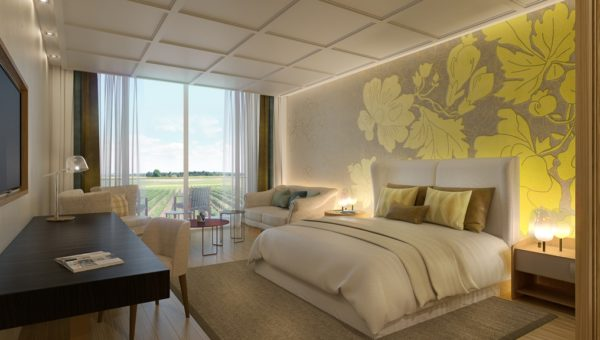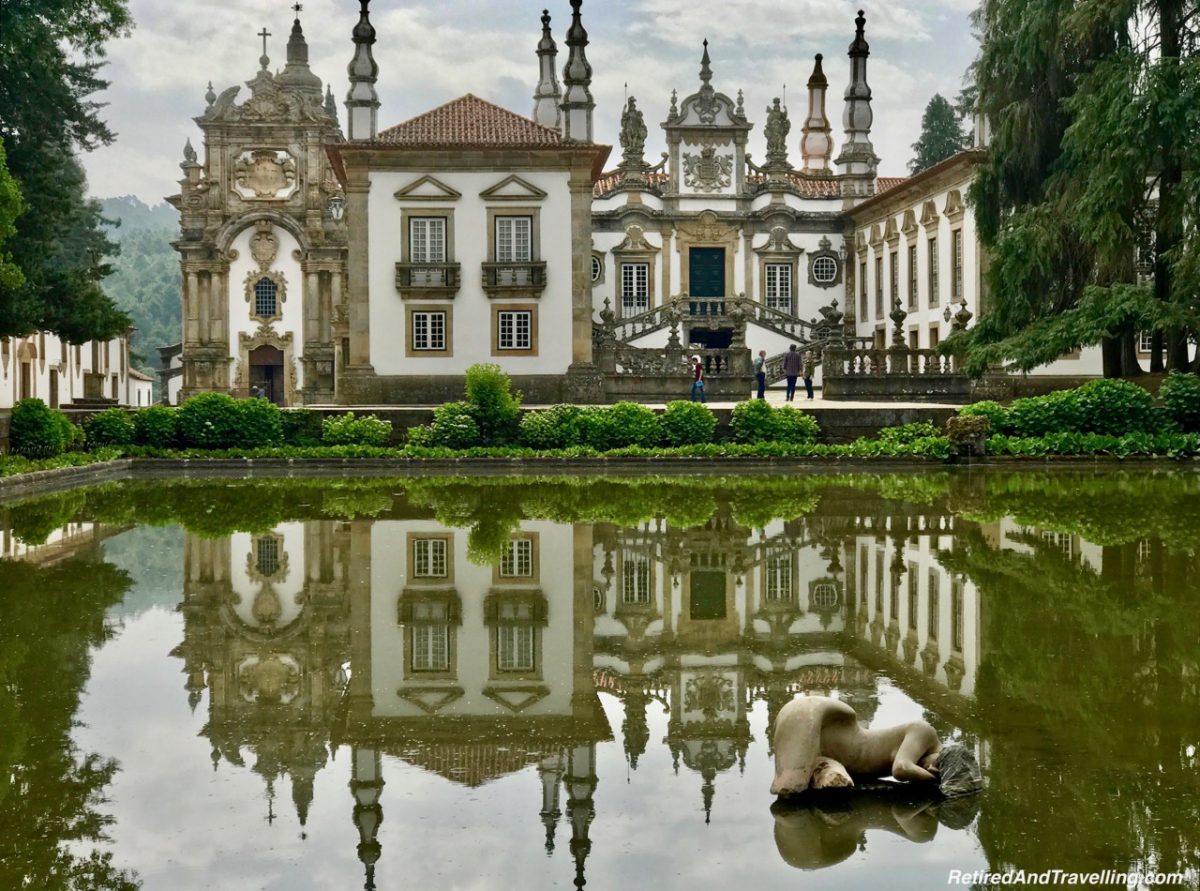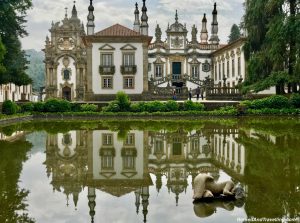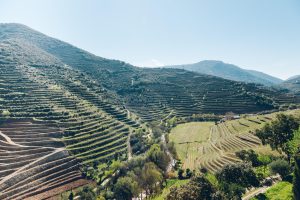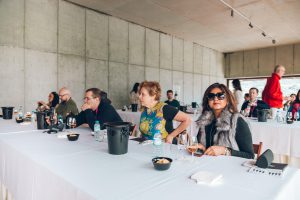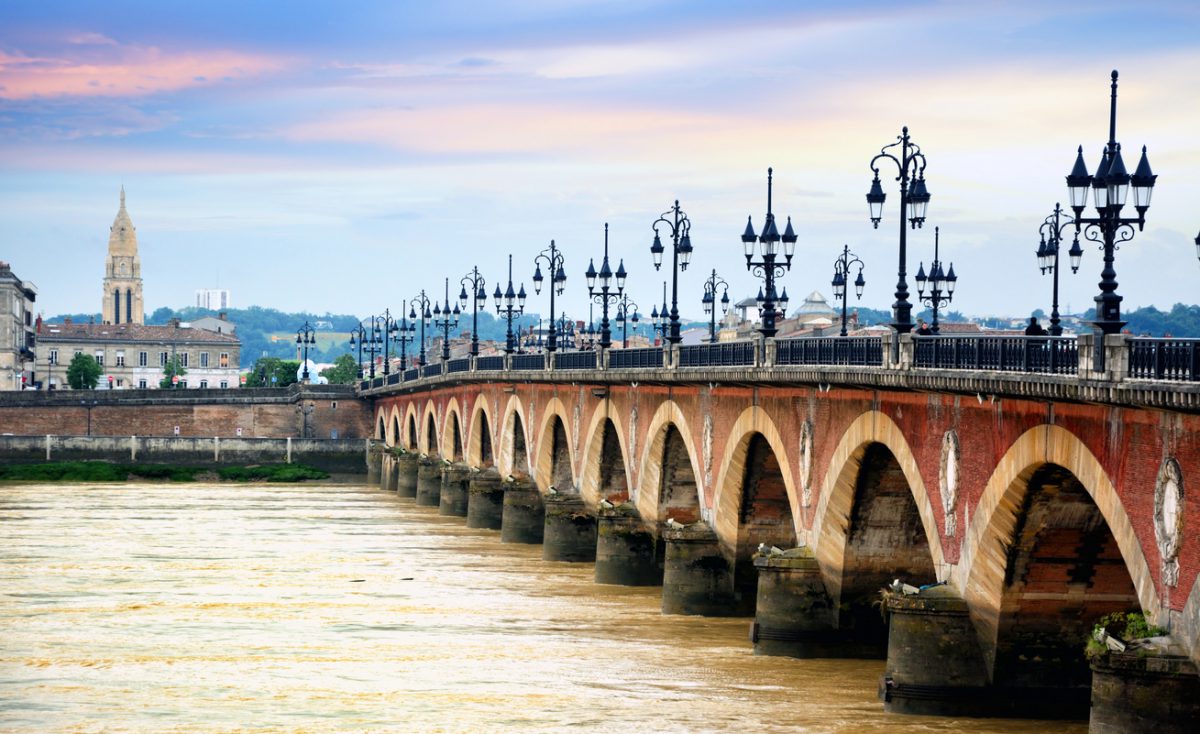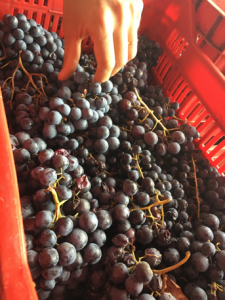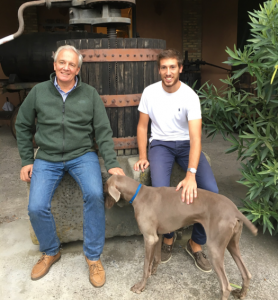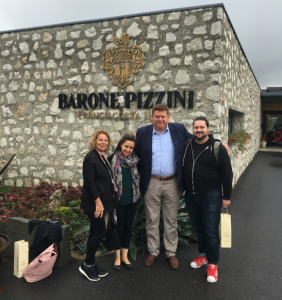Ibravin joins Wine in Moderation and reinforces South America’s strong commitment to social responsibility with an increasing presence on the continent.
Brazil is the fifth country from South America to join Wine in Moderation making Ibravin the Wine in Moderation programme contact point in the country, responsible for launching and implementing the programme, coordinating the activities at national level and accounting their actions.
Fully committed to encouraging the responsible consumption of wine, Ibravin will be looking to engage and enable the national wine business as from 2019, integrating the Wine in Moderation message and visuals in their communication material, media campaigns and other references.
The membership of Ibravin was formally signed in the occasion of the OIV, 41st World Congress of Vine and Wine, in Punta del Este, Uruguay.
Carlos Raimundo Paviani, Director of Institutional Relations at Ibravin, said “being part of this programme will allow Brazil to join the discussions on the sustainable consumption of wine, to access new information and, therefore, to draw strategies to encourage the moderate and responsible consumption of wine based on data, other successful examples, while being aligned to current trends”.
Vice-President of the WiM Association, Ursula Fradera, said “By welcoming Ibravin in Wine in Moderation, we are very happy to take an additional step in spreading the responsible message through South America. We are delighted to see Ibravin’s ambitious Wine in Moderation Action Plan and we look very much forward to working together to inform, enlighten and educate national professionals and consumers and develop a sustainable culture of wine in Brazil!”
The adhesion event saw the participation of local press and officials of the OIV, Brazil and Uruguay.
Jean Marie Aurand, General Secretary of OIV, welcomed the adhesion of Brazil in Wine in Moderation and said “The OIV is happy to have Wine in Moderation as Observer since 2015. It is very important that the sector takes action to encourage responsible wine consumption and promote the idea of moderation not only at the level of government, or the OIV, but in the society, both in wine consuming and wine producing countries.”
Brazilian President of OIV, Regina Vanderlinde, warmly welcomed Ibravin’s adhesion and said “I am very happy, and I congratulate Ibravin. If we want to develop the wine business, we need to develop a culture of moderate consumption. The wine is very different from other alcoholic beverages, and this is an important step in the knowledge and culture we want transmit to the consumers.”
Helder Borges, from the Brazil Authorities (Coordinador General de Vinos y Bebidas del M.A.P.A. -Br.), expressed his satisfaction for the work to promote moderate consumption and said, “Brazil is increasing more and more its international presence and this event is an excellent example.”
Stylianos Filopoulos Director of the WiM Association thanked Jose Lez INAVI President, Uruguay, for hosting this event and closed by saying “This event today is an excellent example of what Wine in Moderation is all about, bringing all the countries and wine business together to promote a sustainable culture of wine.”
This new membership reaffirms the existing strong ties between Wine in Moderation and South America where no less than four countries are already implementing the programme. Bodegas de Argentina, Vinos de Chile and more recently Instituto Nacional de Vitivinicultura de Uruguay and ASOVINOS in Colombia (2018) have already joined the programme and are encouraging a sustainable culture of wine, confirming the position of Wine in Moderation as the social responsibility movement of the global wine sector.
Source: Wine in Moderation.eu


